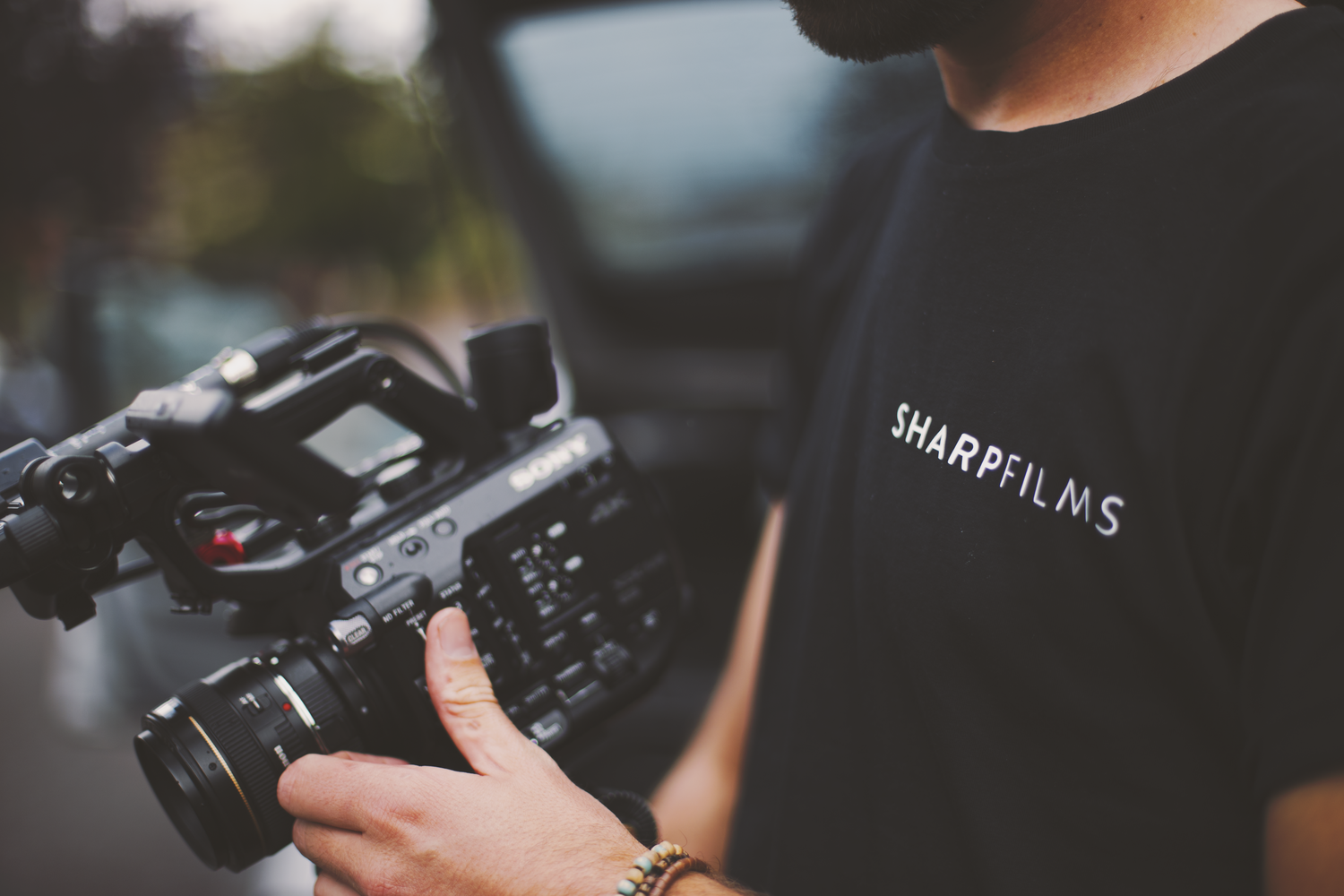Creating a professional video requires more than just picking up a camera and following a script. There are many parts of the process that often go unnoticed from the outside, so we’ve put together a window into our world, hopefully giving you a better idea of how videos are produced. The video production process can be split into three stages – pre-production, production and postproduction.
Pre-production
When it comes to video production, as with any project in any industry, the amount of time you spend planning has a massive effect on the way the project turns out. Pre-production can be seen as the planning stage – where all the questions are worked out ahead of time to prevent delays or avoidable problems when it comes to the shoot.
The first step in the pre-production process is getting a clear brief from the client and working out what video content they want, what the video is for, and what the output type will be. Each of these factors will affect not only the script and story of the piece but also the method of production.
Sometimes, clients will have a very clear vision of what they want already, whereas others will have only a vague concept of what they want or some key points they want to address. Either way, this is a collaborative part of the video production process where the client and videographer work together to form an achievable vision of what the finished product will look like.
Working on from here, it’s important to do the relevant storyboarding and shot lists to work off during production, as well as completing risk assessments and general pre-production paperwork. The more time and effort you put into the pre-production stage, the smoother the production runs in general. The last thing you want to be doing on a shoot is worrying about locations, filming permits or risk assessments – all of this should be done before you arrive on location.
Production
Next is the production stage, or the shoot, where you get the footage for the video. This is where you start to work through the pre-arranged shot list to create the content for the edit. The shoot is run to a schedule and a shot list to make the most out of the limited amount of time you have with the actors or a certain location.
At Sharp Films, we like to work in a bit more of a flexible way, making sure we get the content needed without being afraid to divert from the shot list and get an angle or shot you just didn’t think of in pre-production.
The phrase “shoot for the edit” is used a lot in production and this just means getting the right shots (wide, mid, closeup, extreme close) with the edit in mind, so when you come to cut the film you have plenty to work with. It is also more efficient and cost-effective to get these shots at this stage rather than having to arrange for reshoots and pickups, where the cost and availability of actors, crew and locations all have to be factored in.
Post-production
Once the shoot is over, the post-production stage begins. This is where all the work done so far finally starts to look like a video. This is normally just as much work, if not more, than the shoot itself. At this stage, you have to take a bunch of shots that don’t have much context or a storyline by themselves and make it into an engaging narrative, with good flow and a clear beginning, middle and end.
However, the edit involves more than just cutting together your shots and making a coherent story. In post-production, you also add many elements that can make or break the video. Music choice, sound design, colour grading, pace, style and many more must be factored in, and given as much time and attention as the shoot itself.
Whilst this can be the busiest stage of the video production process, it’s only at this stage you begin to see the video truly come together. While final tweaks may need to be made to the run time or sound mixing, for example, you have a good idea of what the final video will look like.
Hopefully, this window into the video production process has given you a better idea of what’s involved in what we do. Whilst all stages are important, covering all bases and planning ahead at each stage prevents problems further down the line and makes life a little easier. Are you looking for filming and editing services? You’re welcome to get in touch with Chris if you have any questions.
